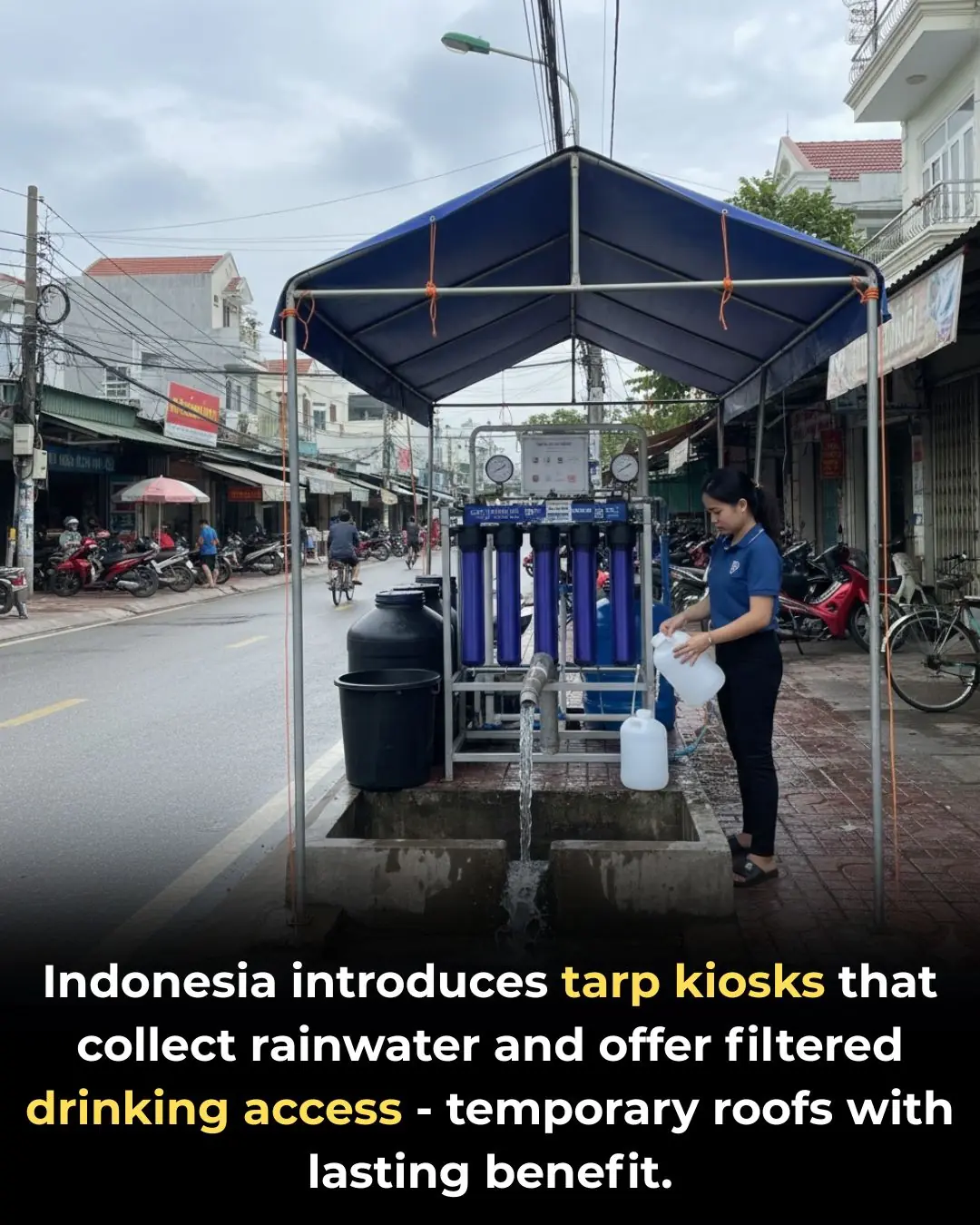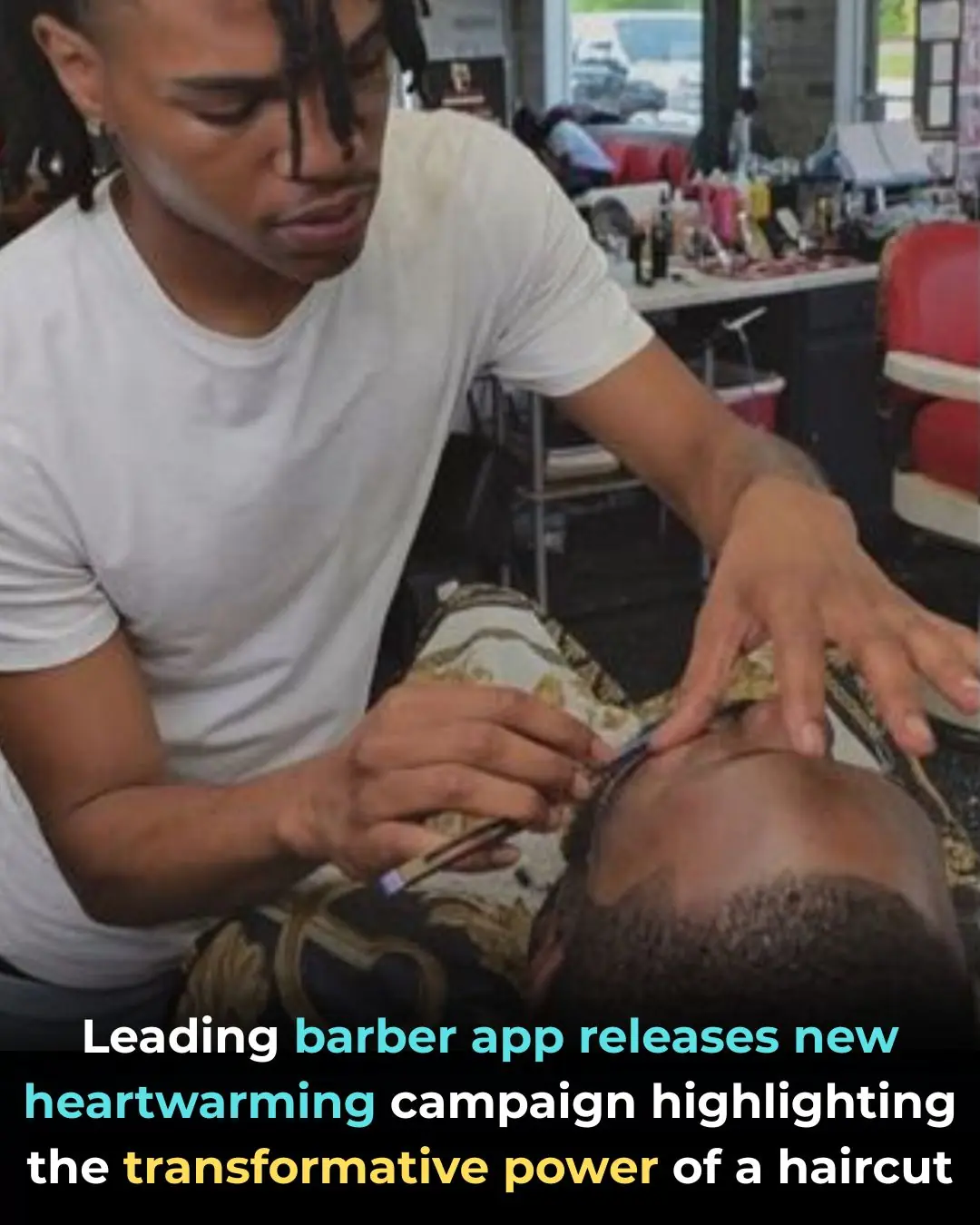Things You Should Never Do During a Thunderstorm to Avoid Lightning Strikes
Thunderstorms can be fascinating to watch—but they’re also incredibly dangerous. Every year, people are injured or killed because they underestimate the power of lightning. The truth is, most lightning-related accidents are completely preventable if you know what not to do.
Here are 15 things you should absolutely avoid during a thunderstorm to keep yourself—and others—safe.
1. Don’t Stay Outdoors
If you hear thunder, you’re close enough to be struck by lightning. Avoid open spaces like fields, beaches, golf courses, or rooftops. You don’t want to be the tallest object around.
2. Don’t Shelter Under a Tree
It might seem like a safe spot from the rain, but trees attract lightning. The current can jump from the trunk or travel through the roots, injuring anyone nearby.
3. Don’t Hold Metal Objects
Umbrellas, golf clubs, fishing rods, or tools can all conduct electricity. Put them down and get to safety.
4. Don’t Stay Near Tall Structures
Avoid flagpoles, towers, fences, and light posts. Lightning seeks out the highest conductive point—and that could include you if you’re close.
5. Don’t Stay in Water
Water is an excellent conductor of electricity. If you’re swimming, boating, or fishing, get to shore and find shelter immediately.
6. Don’t Use Wired Electronics
Lightning can travel through electrical wiring. Avoid using plugged-in computers, TVs, or landline phones during a storm.
7. Don’t Touch Plumbing
It might sound strange, but washing your hands, taking a shower, or doing the dishes during a storm can be dangerous. Lightning can travel through metal pipes and water.
8. Don’t Stand Near Windows or Doors
Lightning can jump through open windows or metal frames. Plus, strong strikes can shatter glass—so stay away from them.
9. Don’t Lean on Concrete Walls or Floors
Concrete structures often contain metal bars (rebar) that conduct electricity. Keep your distance until the storm passes.
10. Don’t Lie Flat on the Ground
If you’re caught outside with no shelter, don’t lie flat. This increases your contact with the ground, exposing you to dangerous ground currents.
11. Don’t Stay on Hilltops or Ridges
Lightning is more likely to strike elevated areas. Move to a lower spot if possible—but avoid lying down.
12. Don’t Ignore the “30–30 Rule”
If the time between lightning and thunder is 30 seconds or less, the storm is dangerously close. Seek shelter immediately, and wait 30 minutes after the last thunder before going back outside.
13. Don’t Take Cover in Small Sheds or Tents
These structures offer little protection. Instead, find a sturdy building or fully enclosed metal vehicle.
14. Don’t Ride Motorcycles, Bicycles, or Convertibles
If you’re caught driving a vehicle without a solid metal roof, pull over safely and seek shelter. Only enclosed cars provide protection.
15. Don’t Assume It’s Safe Right After It Rains
Just because the rain has stopped doesn’t mean the danger is over. Lightning can strike even miles away from the main storm. Wait at least 30 minutes after the last thunderclap before resuming outdoor activities.
Final Thoughts
Thunderstorms are powerful, but with awareness and quick action, you can avoid becoming part of the statistics. The best protection is prevention—as soon as you hear thunder, find shelter in a sturdy building or vehicle and wait it out safely.
You’ve just read, Things You Should Never Do to Avoid Lightning Strikes. Why not read Manager Had To Hire A New Employee.


































